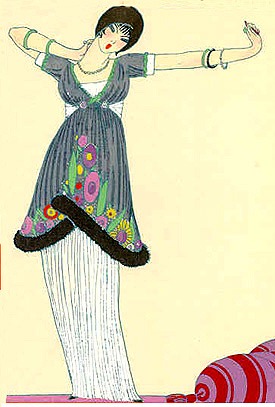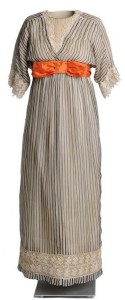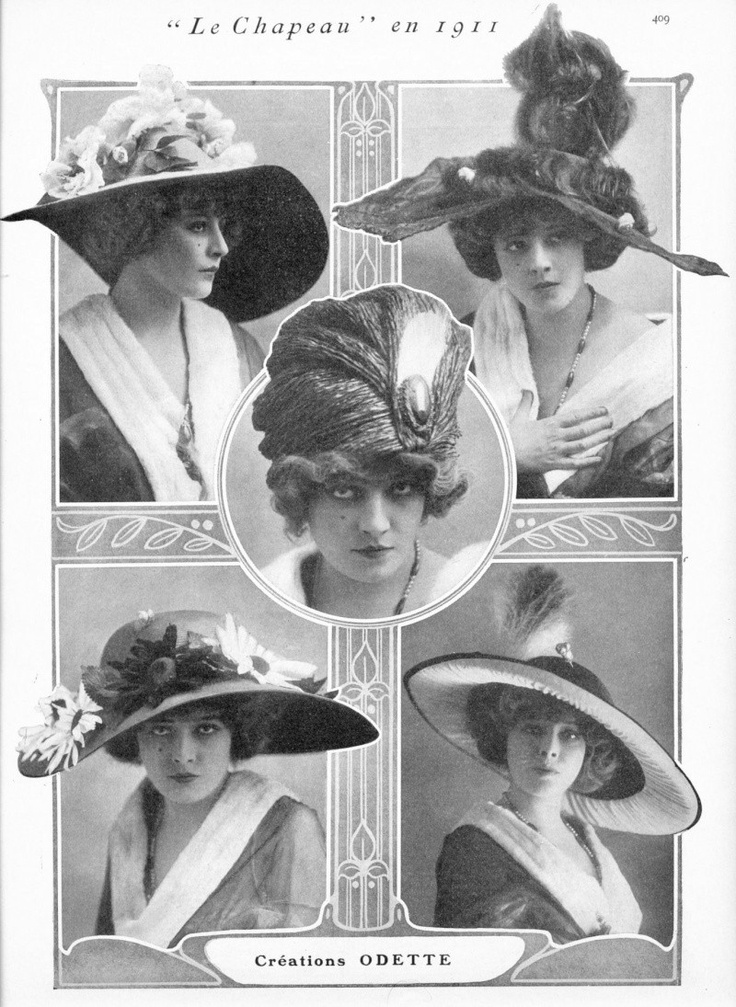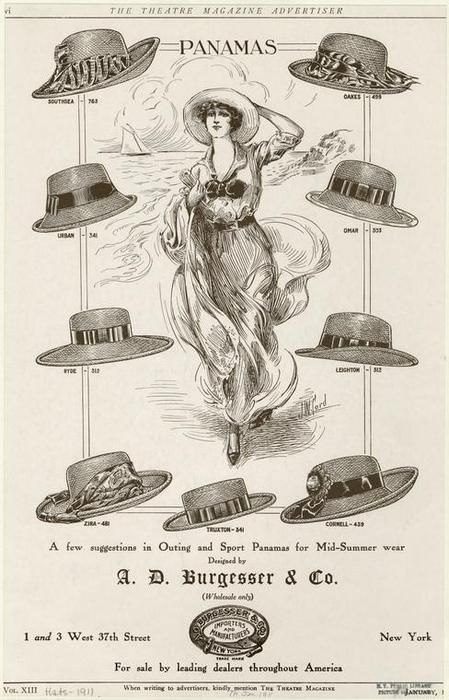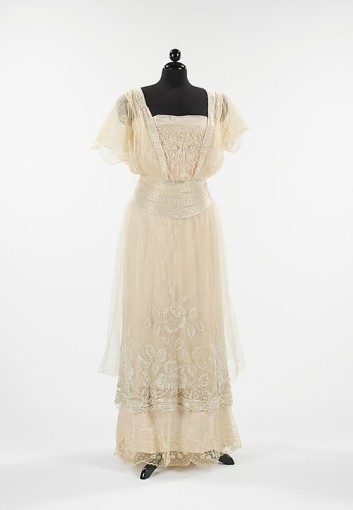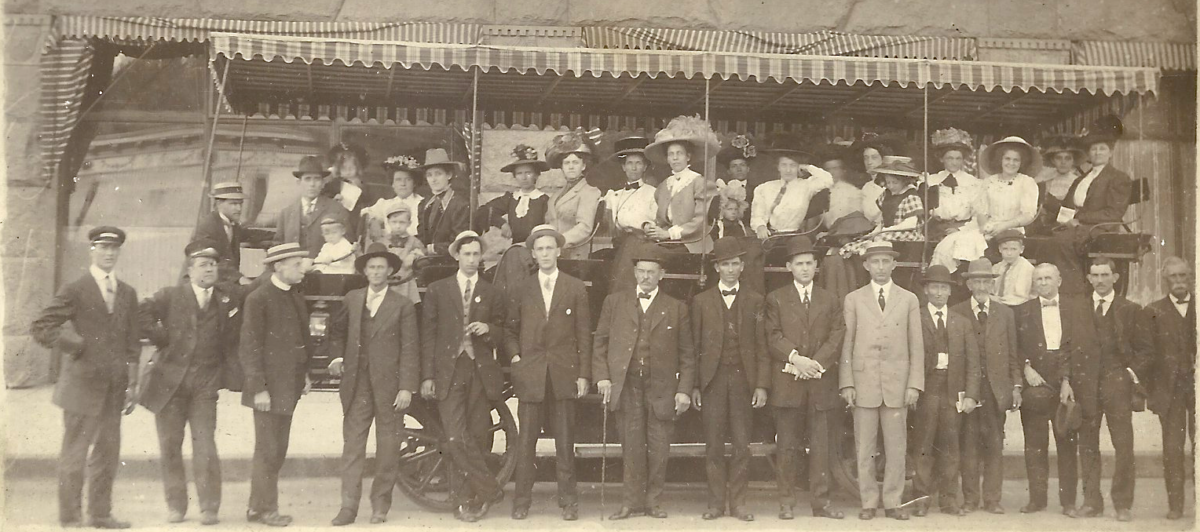
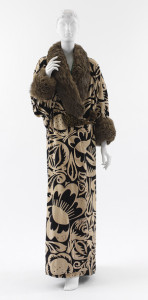
On March 10, 1911, Jessie and her mother went shopping. Jessie got a tan spring hat, a tan silk pongee coat and a tan silk dress. Of course, I was curious as to what kinds of dresses and hats Jessie might be looking at, and it turns out that this is right at the beginning of a revolution in women’s fashion that is still in effect today. In freeing women from the very restrictive undergarments that had been worn during the Victorian and Edwardian eras, some fashion designers, and especially Paul Poiret (1879-1944), went in the opposite direction. “Requiring less restrictive undergarments and conforming more to the natural shape of the body, Poiret’s designs of 1908–11 are regarded as pivotal in the transition from the rigidly corseted silhouettes of the Victorian and Edwardian eras to styles providing greater freedom and comfort in dress that would characterize twentieth-century fashion.” This from the Metropolitan Museum of Art‘s online exposition on Paul Poiret’s work. Check out this link to view the Metropolitan Museum’s Paul Poiret Collection. Poiret, who was the most important French designer of the first two decades of the 20th century, made clothes that were loose and sometimes draped. Ironic, since he is the designer responsible for the brief fashion craze over hobble skirts. He designed harem pants for women. Unheard of! No doubt Jessie’s new clothes were not designer duds from Paris, but you can see from some of the following images that the empire waistlines were already part of the trend toward less restrictive dresses.
